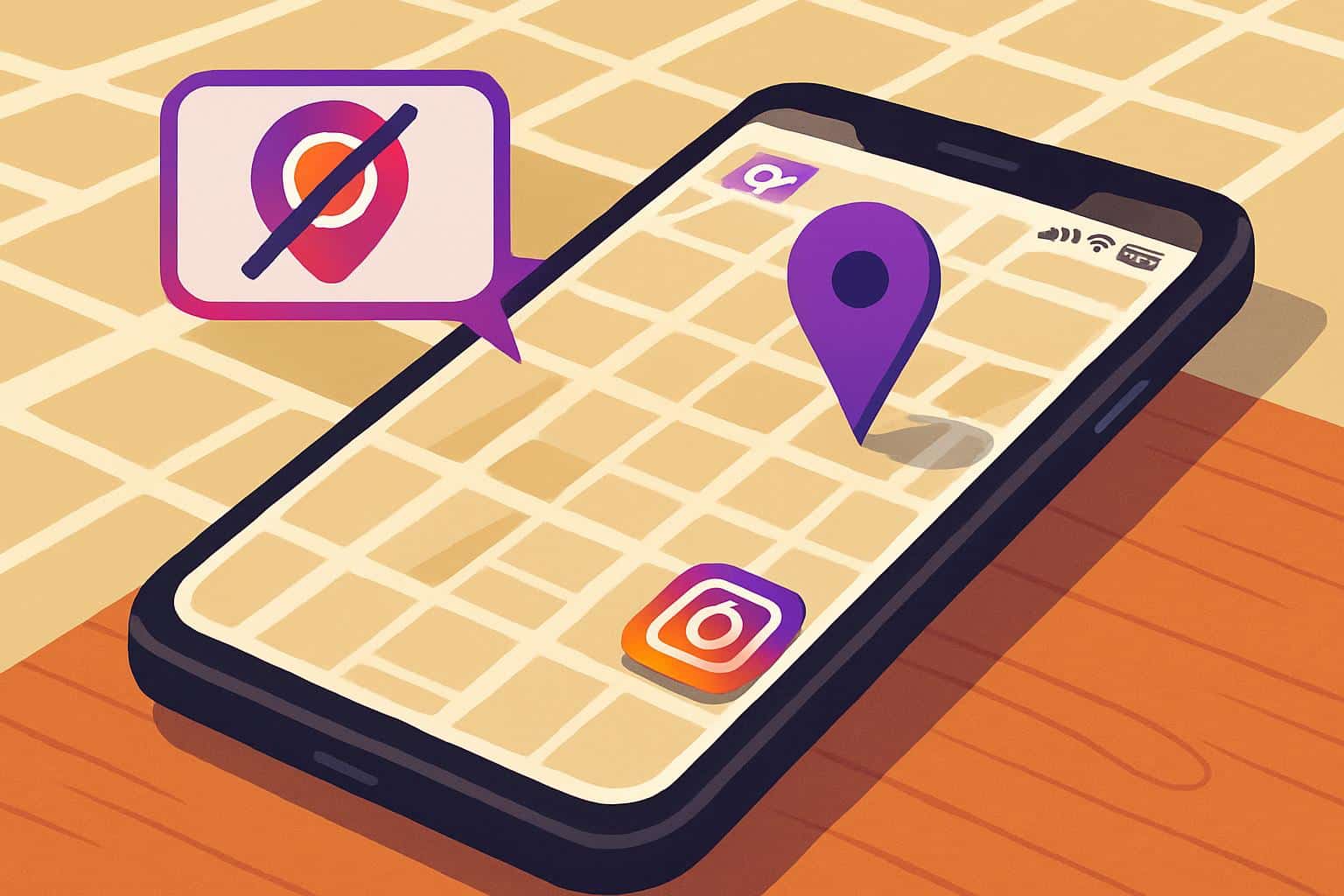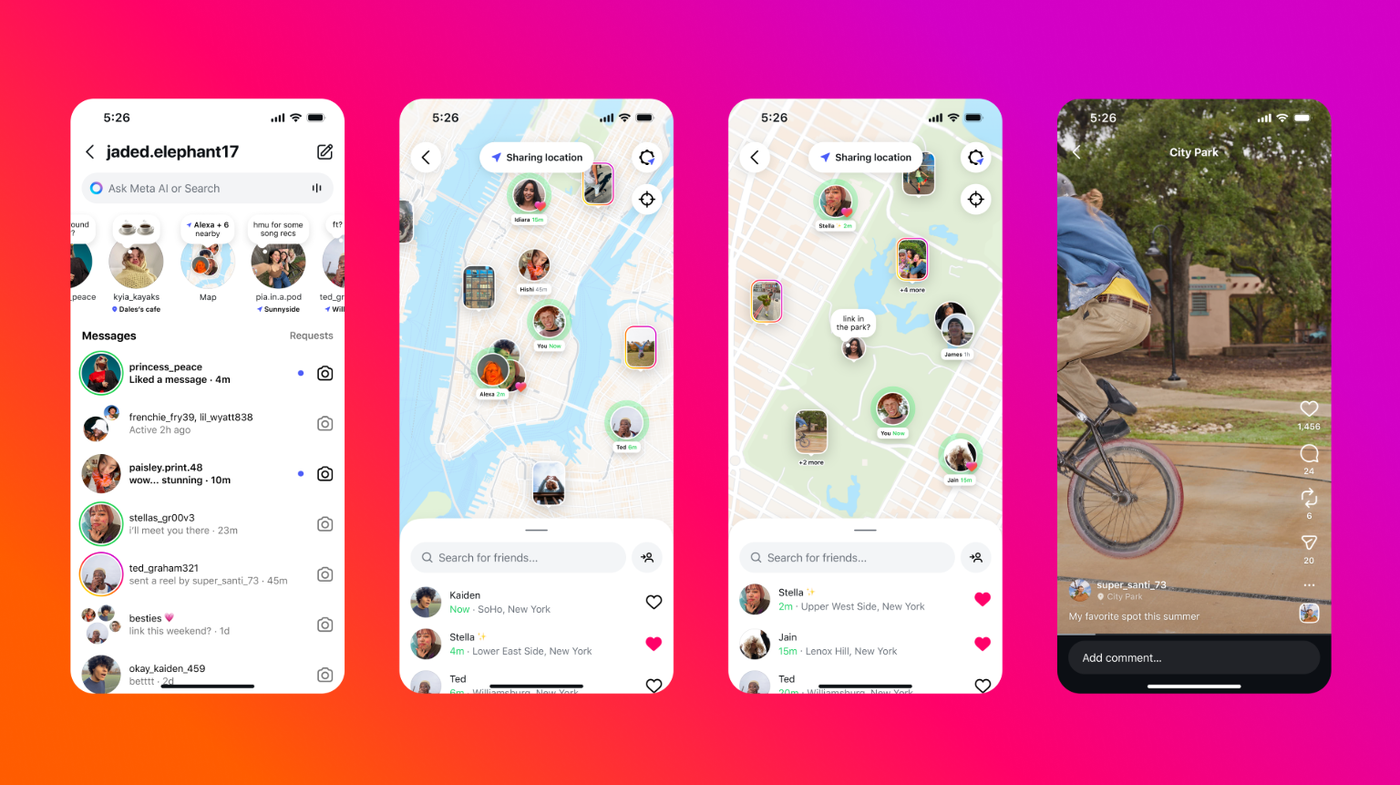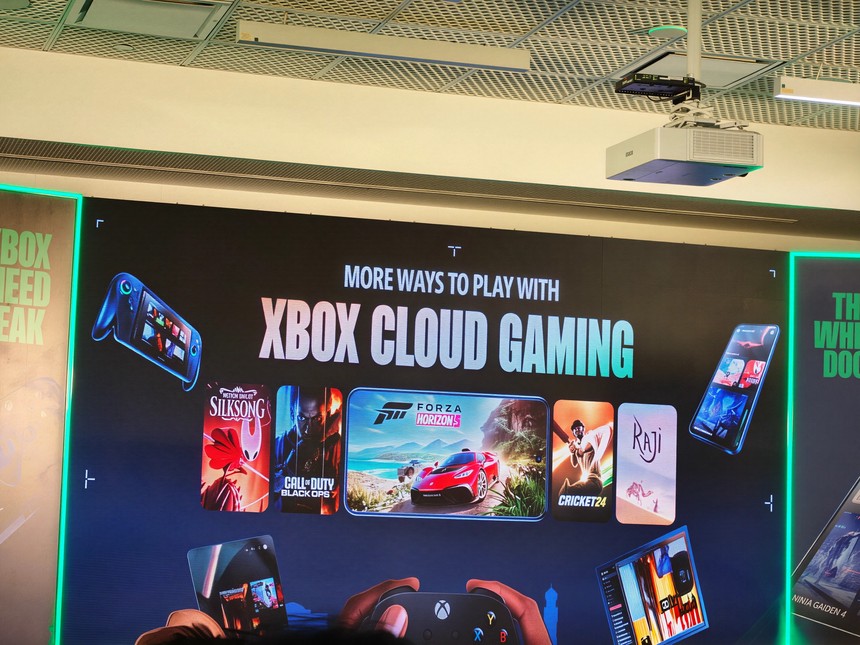Instagram has officially introduced its Maps feature to users in India, enabling real-time location sharing across stories, posts, and direct messages. The feature, already active in the US and Canada since August, is now being gradually rolled out worldwide. Meta, Instagram’s parent company, claims it has built strong privacy controls into the update, but concerns remain about potential misuse of sensitive location data.
What is Instagram Maps and how it works

The new Maps feature allows users to share their live location with friends or family members directly through the app. When you tag a place in your story, post, or reel, it now appears on a dynamic map that others can view for up to 24 hours. Users can explore locations tagged by friends, nearby hotspots, and trending venues in their area, making Instagram more interactive and location-driven than ever.
The idea behind Instagram Maps is to make local discovery easier. Users can find restaurants, cafes, tourist spots, or events tagged by others, much like Google Maps but integrated within social media. However, with this new layer of visibility also comes a new wave of privacy risks that users need to understand.
Why privacy concerns are rising
While Instagram insists that privacy remains a top priority, the real-time sharing of precise location data can expose users to potential dangers. The most serious concern is stalking, particularly for minors or influencers who might have large public followings. If users forget to restrict visibility, their exact whereabouts can be accessible to people they don’t know.
Another concern is data misuse. Meta’s track record with data privacy has been controversial, especially after reports of using user data for targeted advertising. Experts fear that the new Maps feature could add another layer to Meta’s data collection capabilities, allowing it to monitor location trends and target users with hyper-local ads.
There’s also the possibility of security breaches. Real-time location data, if stored centrally, becomes a high-value target for hackers. A data leak could expose detailed movement patterns, including users’ home addresses, workplaces, and routines — information that could be exploited for criminal or malicious purposes.
How Meta is addressing safety
In response to the growing concerns, Meta says it has implemented multiple privacy safeguards. The location-sharing option is turned off by default, and users must manually enable it to begin sharing. Teen users’ parents will be notified when their child tags a location, and they can disable it if they feel it’s unsafe.
Brett Westervelt, Vice President and Head of Instagram Design, said in a blog post that Instagram has improved the interface after feedback from US and Canadian users. Now, a persistent banner appears at the top of the Map and inbox, clearly indicating when location sharing is active. Additionally, before tagging a post with a location, users are reminded that the tag will remain visible for 24 hours.
Instagram has also added educational reminders to help users understand how tagging locations impacts visibility. When you add a tag to a story or reel, the app will now show how that content appears on the Map before it’s posted, allowing users to make an informed choice.
Safety tips for users

If you plan to use the Maps feature, it’s important to do so cautiously. Avoid sharing your location publicly or tagging your current spot in real time, especially if you’re in private or less secure areas. Instead, use the Close Friends feature to limit visibility or post location tags after you’ve left a place.
Regularly check the new location banner to confirm whether sharing is turned on. If you notice the icon highlighted, it means your location is being shared. Always review your audience settings before posting to ensure that only trusted people can see your updates.
While Instagram’s goal with Maps is to make the app more interactive and discovery-friendly, users should remain alert about who they are sharing their location with and when. Responsible use is the key to staying safe while enjoying the benefits of this new feature.
The bigger picture

The launch of Instagram Maps in India comes at a time when location-based social features are becoming increasingly popular. Platforms like Snapchat and BeReal have already integrated similar functionalities, but Instagram’s massive user base means the stakes — and the risks — are much higher.
If managed responsibly, the new feature could enhance local discovery, help small businesses reach audiences nearby, and make travel experiences more social. However, without strong user awareness, it could also open the door to unwanted exposure and safety threats.
As Meta continues refining its privacy systems, users must stay cautious, informed, and intentional with how they use location-sharing tools online.
Follow Tech Moves on Instagram and Facebook for more updates on social media trends, app launches, and the latest tech privacy news.














